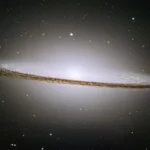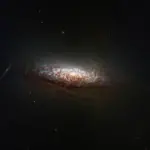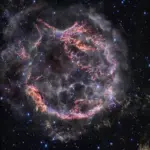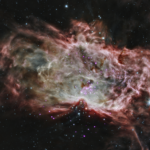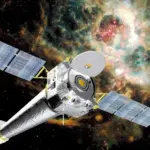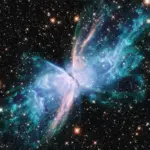The Vera C. Rubin Observatory is a new, large-scale astronomical facility in Chile that is currently beginning its 10-year survey of the southern night sky.
Formerly known as the Large Synoptic Survey Telescope (LSST), the observatory was officially renamed in 2019 to honour American astronomer Vera Rubin, whose groundbreaking work provided the first strong evidence for the existence of dark matter.
Key features and mission of the observatory:
- Location: It is situated on the El Peñón peak of Cerro Pachón in the Andes Mountains of northern Chile, a high and dry location ideal for astronomy.
Survey approach: The Rubin Observatory is designed for speed and covers a massive field of view. Its mission is to capture a “time-lapse movie of the cosmos” by repeatedly scanning the entire visible sky every few nights over 10 years.
Powerful hardware:
- Telescope: The Simonyi Survey Telescope has an 8.4-metre primary mirror and a unique three-mirror design for a wide field of view.
- Camera: It is equipped with the 3,200-megapixel LSST Camera, the world’s largest digital camera built for optical astronomy.
- Data output: This system will generate an immense amount of data, estimated to be 20 terabytes per night, resulting in a 500 petabyte image and data catalog over the decade.
Major scientific goals:
- Dark energy and dark matter: By observing the large-scale structure of the universe, the observatory will help astronomers study the mysteries of both dark energy and dark matter.
- Solar system inventory: It is expected to discover millions of new solar system objects, including potentially hazardous near-Earth asteroids and distant objects like the hypothetical “Planet Nine”. In its first hours of observation, the telescope already detected thousands of new asteroids.
- The changing sky: The observatory will explore the “transient optical sky,” detecting fleeting phenomena such as novae, supernovae, and variable stars.
- Milky Way structure: It will help create a detailed map of the Milky Way, allowing for studies of its structure and formation.
Project status:
- Commissioning: The observatory released its first official images in June 2025, showcasing its capabilities with stunning images of the Trifid and Lagoon nebulae.
- Full operations: Full survey operations are expected to begin later in 2025.
- Legacy: The Vera C. Rubin Observatory is the first major U.S. national observatory to be named after a woman. Rubin was a champion for women in science, and the observatory is committed to wide data accessibility and public engagement.






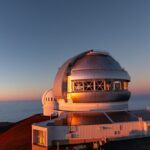
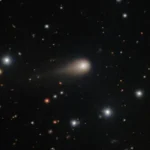




![Space Streams - Nebula [Ambient] image](https://space-streams.com/wp-content/uploads/2024/11/space-streams-nebula-150x150.png)







